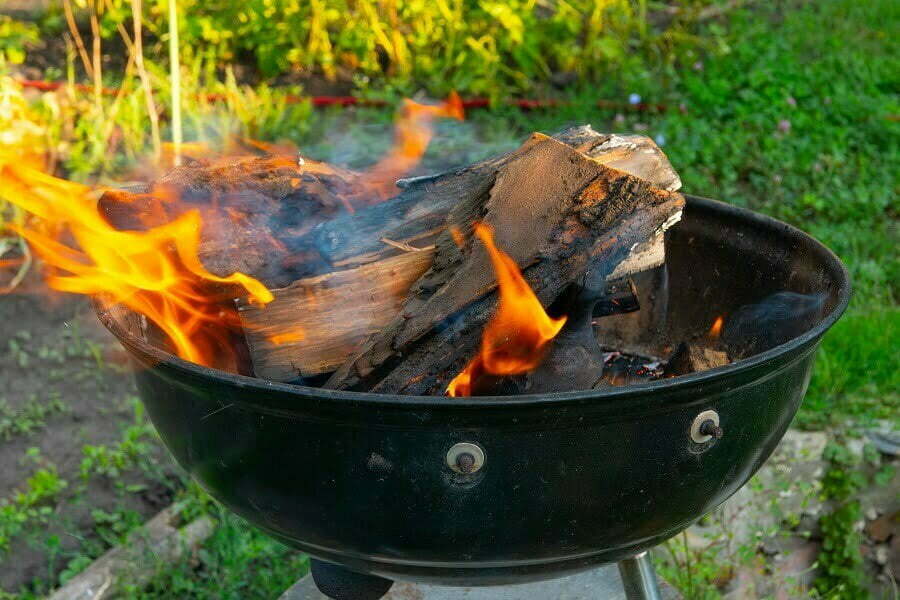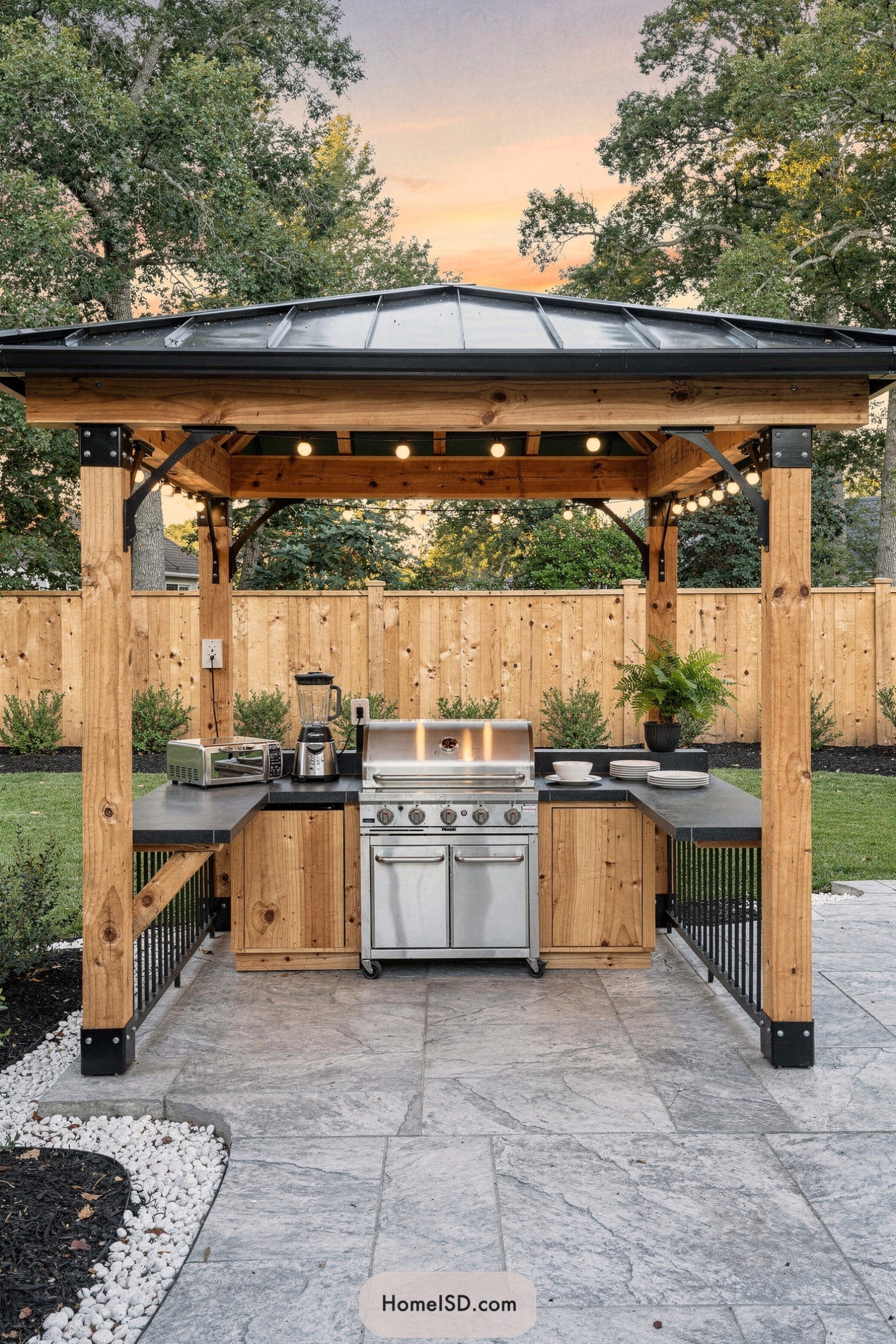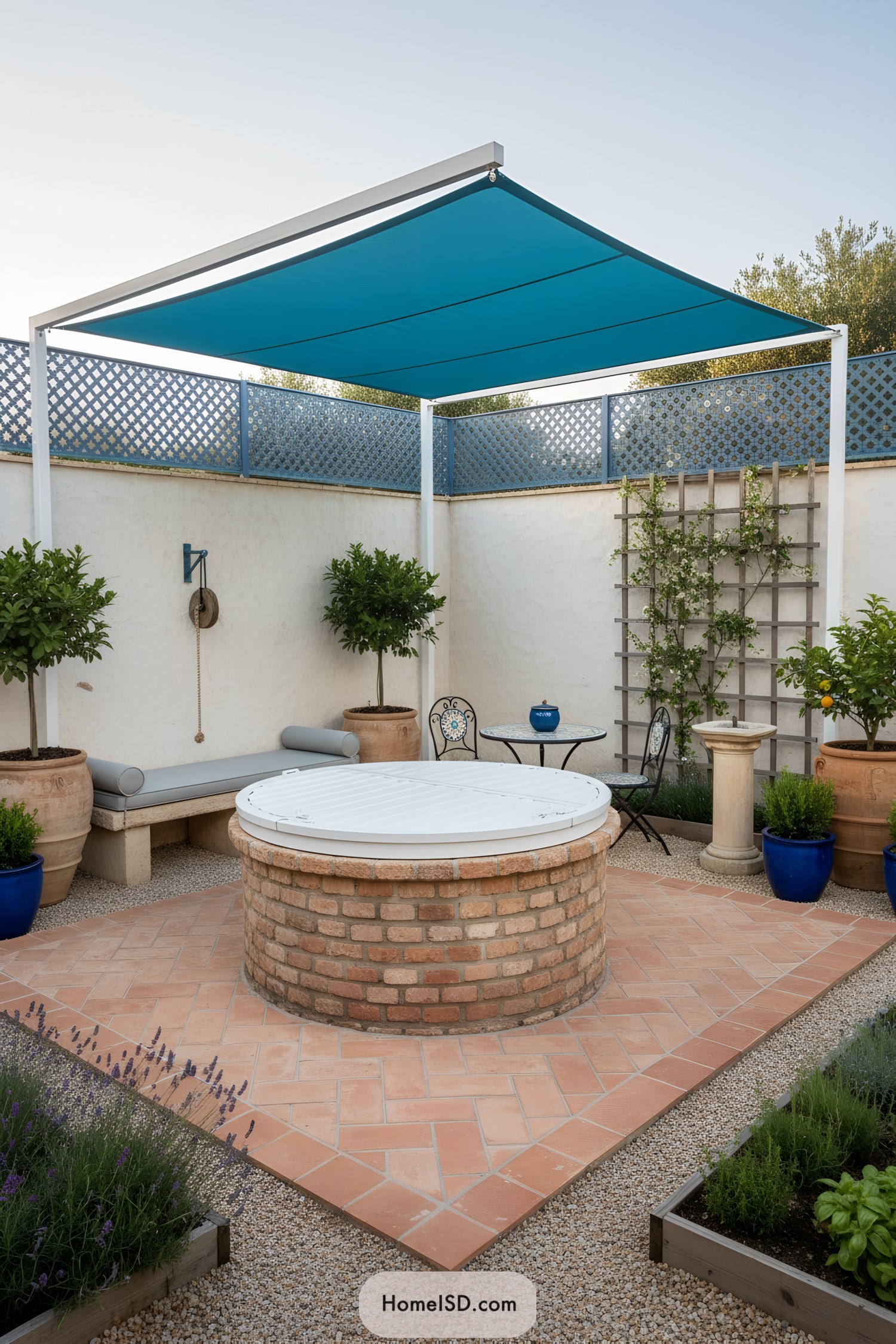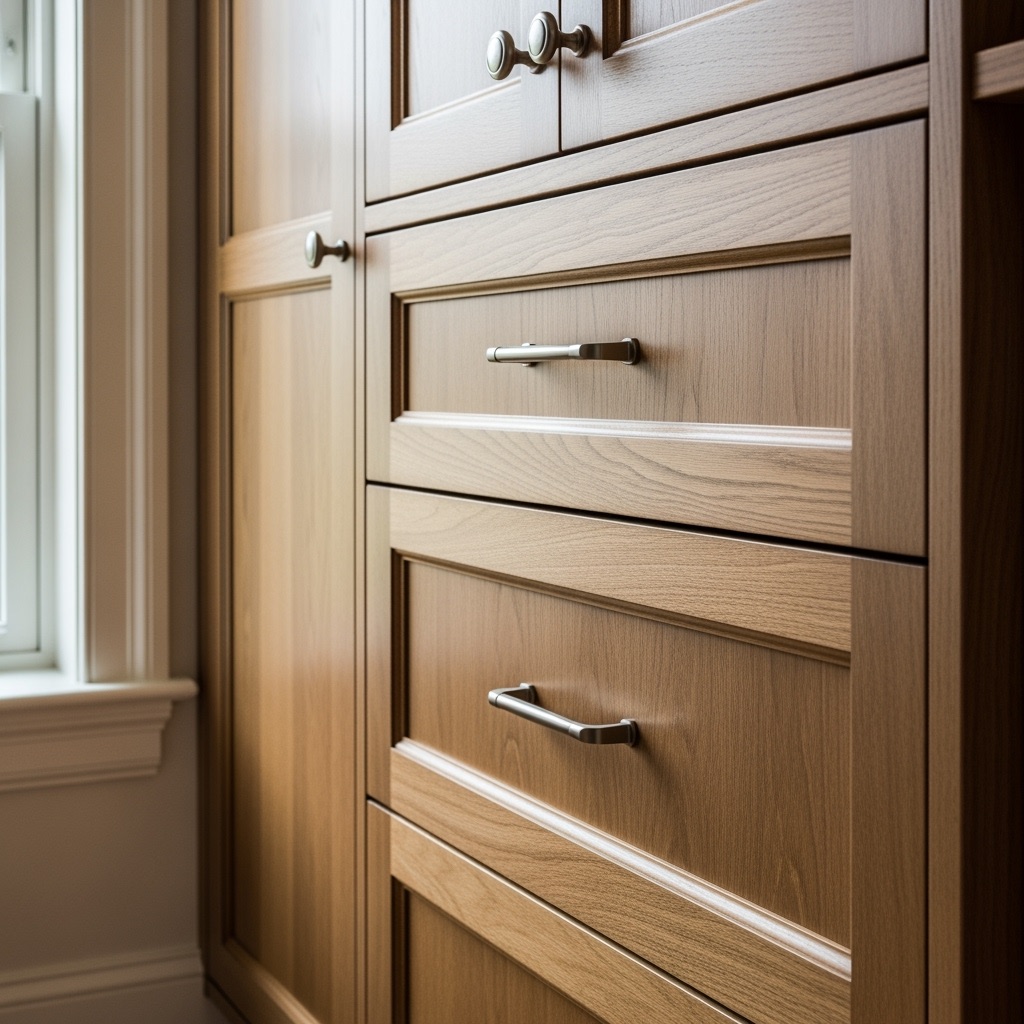Last updated on
A smokeless fire pit should produce minimal smoke (it should be barely evident.) It starts smoking if it’s not appropriately maintained and loses efficiency.
First of all, note that it is normal for a smokeless firepit to produce some smoke when you just light the firewood. There will be some smoke until the secondary combustion kicks in and it can take up to 20 minutes. If it’s still smoking after that, that’s when you should start worrying.
If your fire pit starts smoking, there’s something wrong with it or the fuel. It is often not appropriately maintained, and the buildup of ash and debris prevents efficient airflow for complete combustion. A smokeless fire pit loses efficiency, and the fuel doesn’t burn well enough to burn smoke particles.
The fuel itself may be the problem if it’s damp or has significant impurities or contamination. Troubleshooting our smokeless fire pit will help you fix it.
Why Does a Smokeless Fire Pit Smoke?

Isn’t it supposed to be “smokeless?” Here’s what happens.
Wood smoke is created when wood burns inefficiently. This means that the heat generated by the fire is not enough to burn off the chemicals that naturally make up the wood. These chemicals are then converted into smoke. As the wood burns efficiently, there is very little smoke produced.
The critical function of smokeless fire pits is to crate high-heat efficient wood-burning, so minimal smoke is produced. When the fire pit works inefficiently, more smoke appears.
Failing Combustion Mechanism
Smokeless fire pits use a double combustion mechanism to reduce smoke. Failing at any stage of it will cause smoke to appear. The primary combustion happens at the base of the fire pit. Not enough oxygen (due to ash buildup or debris) will cause it to fail, and smoke appears. The secondary combustion happens at the top of the pit when high temperature leaves the sides of the double walls through holes and causes smoke particles to burn down. If the walls aren’t clean, the combustion won’t happen, and smoke will leave the fire pit.
Fuel Problems
Firewood should be dry and free of any additional chemicals. Wood that is wet or treated with chemicals may cause problems when burned and produce excessive smoke.
Improper Stacking of Firewood in the Fire Pit
Good airflow is needed to start a fire quickly. You need to make sure there is enough oxygen around your tinder and kindled material. This means using a teepee or log cabin method to stack firewood inside the pit.
Seasoned or Kilndried Firewood
Seasoned firewood is wood that has been dried out and then split into smaller pieces. Green firewood is fresh wood that hasn’t been dried yet.
Kiln-dried wood is dried by heating it in a large oven. This process dries the wood down to about 25%. Kiln-dried firewood is often called seasoned wood because it has been heated up in a big oven. Seasoned wood is excellent for making fires, but it doesn’t burn as well as unseasoned wood. Keep your firewood dry before using it, and make sure it isn’t too wet.
Green wood should be stored in an airtight container until ready to be used. If you don’t have an airtight container, wrap the green wood in a newspaper. Make sure the paper is sealed tightly so no moisture can get inside. Store the wood away from direct sunlight.
When Is the Firewood Dry Enough?
You can check the color of the wood. The darker the wood, the drier it is. But remember that not all woods will darken at the same rate. Some types of wood take longer than others to dry.
You can also test the wood by taking a small piece and placing it on a hot surface. Wait a few minutes and see if the wood starts to change colors. If it does, it’s probably dry enough.
You should use completely dry wood when starting a campfire. Don’t let others throw the trash into the fire because it could cause an explosion. Keep a trash can nearby for them to throw their trash out.
Set Up Your Fire Pit Right
A fire pit requires a lot of space. To make sure you have enough room, choose smaller logs. Add thin strips of wood to increase airflow. Don’t use too many large logs, or you’ll end up with an overcrowded fire pit.
You should use as much wood as you need to get a complete burn going. Dryer lint and other flammable materials add extra fuel to the fire.
Start fires with lots of matches or lighter fluid, but be careful about how many you use. You may need to light several matches or lighter fluid at once to get the fire started. Don’t let the fire go out until you’re sure it’s going to stay lit.
Adding too much wood lowers the temperature inside the pit. That causes lots more smoke. It could even cause the fire to go out. Fuel slowly. Don’t try to put too much fuel in at once. Resist the urge to overfeed the fire. Keep it burning well.
Clean the Fire Pit After Using It
Embers, ash, and partially burnt wood should be kept away from damp conditions. A fire pit should be covered to protect against the action of the weather on the fire pit contents and keep the fire pit in excellent condition.
Stainless steel cover is durable because it won’t break easily. A waterproof cover is made of heavy-duty material. This means that it will be strong enough to withstand harsh weather conditions.
Burn Debris
If left on fire, leaves, twigs, and other debris can cause fires. This is because they contain flammable material. When these items burn, they release gases into the air. These gases can ignite when mixed with oxygen.
A lot of smoke comes out of the fire pit if you put leaves or twigs into it. You should never use leaves or twigs because they make lots of smoke.
FAQ
Make sure there’s plenty of air flowing through the fire pit. Try to place the fire pit in a spot where there’s a breeze blowing. Use a chimney starter instead of a match to start the fire. Make sure you don’t leave any flammables around the fire pit.
The life span of a fire pit depends on how well maintained it is. Make sure you take good care of it. If you want to extend its lifespan, use only natural materials such as wood. Avoid using coal or charcoal. It’s best to avoid using metal pots and pans when cooking food near a fire pit. Metal pots and pans can rust if exposed to heat.
Maintaining a proper distance between the fire pit and your house is essential. The closer the fire pit gets to your home, the hotter it becomes. You can also build a fire pit outside your home. This way, you can enjoy the warmth without worrying about the fire pit getting too close to your home.
You’ll have to determine the size of the fire pit based on the number of people who will be using it. For example, if you plan to cook for just two people, you’ll probably need a small fire pit. But if you plan to cook large meals for 10-20 people, then you’ll need a larger fire pit.
Recap



